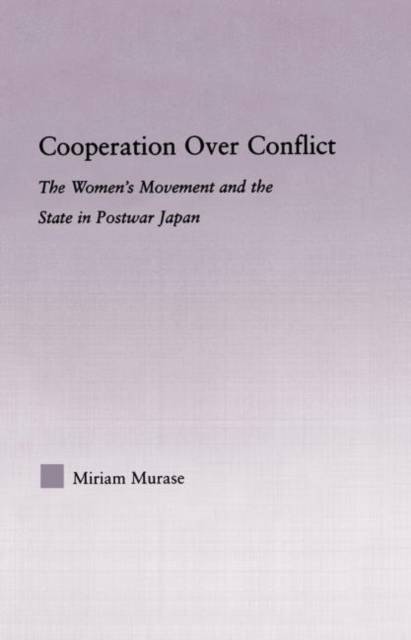
- Retrait gratuit dans votre magasin Club
- 7.000.000 titres dans notre catalogue
- Payer en toute sécurité
- Toujours un magasin près de chez vous
- Retrait gratuit dans votre magasin Club
- 7.000.0000 titres dans notre catalogue
- Payer en toute sécurité
- Toujours un magasin près de chez vous
Description
Japan's postwar transformation has been hailed as nothing short of a miracle. Yet, in the midst of massive social, economic, political, and cultural change, gender inequality persists at remarkably high levels. The paradox of Japan's progress against the persistence of gender inequality raises the question of why women remain a half-step behind men, more than a half century after women were granted equal rights under the postwar constitution.
This question has been studied from a variety of perspectives. Anthropologists observe gender roles in Japanese culture, while economists study labor market conditions in Japan. This book offers a political perspective, and analyzes gender inequality in terms of power - specifically the power, or lack of power, that women themselves may exercise to create social change. Through the examination of women's groups, women's centers, and women's policy, this book documents state intervention in the women's movement in Japan. This intervention takes the form of regulations that limit the independence of women's organizations, as well as resources that aid and influence their activities. The result is a relationship between women and the state that is more cooperative than conflictual, leading to a slow and incremental process of social change for women in Japan.
Spécifications
Parties prenantes
- Auteur(s) :
- Editeur:
Contenu
- Nombre de pages :
- 152
- Langue:
- Anglais
- Collection :
Caractéristiques
- EAN:
- 9780415804936
- Date de parution :
- 22-02-09
- Format:
- Livre broché
- Format numérique:
- Trade paperback (VS)
- Dimensions :
- 152 mm x 229 mm
- Poids :
- 213 g

Les avis
Nous publions uniquement les avis qui respectent les conditions requises. Consultez nos conditions pour les avis.






